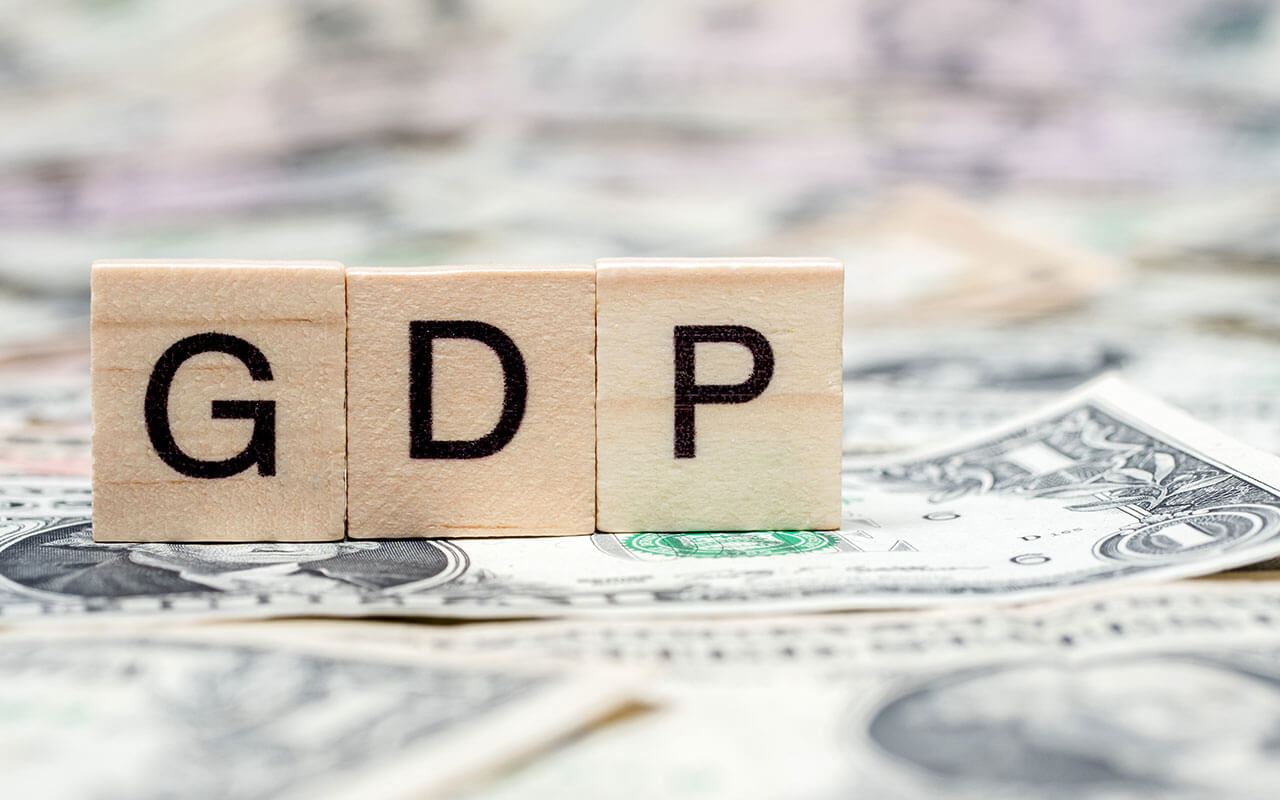
Batanai Matsika THE size of economies is generally measured through official Gross Domestic Product (GDP) figures. GDP is the standard measure of the value-added created through the production of goods and services in a country during a certain period.
As such, it also measures the income earned from that production, or the total amount spent on final goods and services (less imports). GDP in Zimbabwe for example is estimated to be around US$23,5 billion (Trading Economics).
That said, a major problem with GDP numbers is that there are always different methods employed by governments in coming up with such estimates.
In addition, economic aggregates also conceal a great variety of details under a single statistical number. GDP also falls short of providing a suitable measure of the actual size of an economy as well as people’s material well-being particularly in highly informalised economies, such as Zimbabwe.
In its report entitled, Shadow Economies around the World: What Did We Learn Over the Last 20 Years?, the IMF ranks Zimbabwe as having the second largest informal economy as a percentage of its total economy in the world, after Bolivia.
The shadow economy (known by different names such as the hidden or informal economy), includes all economic activities, which are hidden from official authorities for monetary, regulatory, and institutional reasons.
The growth of the informal sector in Zimbabwe has largely been a result of the high levels of unemployment, with an estimated 5% of the addressable population with a salaried job. Those without a salaried job typically engage in small businesses to generate a steady stream of income while those with salaried positions often have side businesses to supplement their monthly earnings.
Some side businesses include hair-braiding or barbering, baking cakes, selling home-cooked meals, raising and selling chickens, pigs, or goats, selling home-care and cleaning products and homemade crafts.
- Chamisa under fire over US$120K donation
- Mavhunga puts DeMbare into Chibuku quarterfinals
- Pension funds bet on Cabora Bassa oilfields
- Councils defy govt fire tender directive
Keep Reading
Piggy notes that the proportion of economic activities that are categorised as informal or small-scale is unusually high in Zimbabwe. One of the major impacts of the Covid-19 pandemic was the informalisation of the economy because of company closures as well as retrenchments.
Research from the World Bank indicates that about 97 million more people are living on less than US$1,90 a day because of the pandemic, increasing the global poverty rate from 7,8 to 9,1%; 163 million more are living on less than US$5,50 a day.
Major factors included (i) limited social-safety nests, (ii) commodity-driven economies (as in the case in Sub Saharan Africa) and (iii) the lack of national financial reserves.
As a result, a “new poor” emerged. This new class is different from the existing poor. The new poor are mostly based in urban areas and employed in informal services.
They also depend on remittances for food, healthcare, and basic needs. Measuring the size of the informal economy in Zimbabwe could be highly complex given the limited research in the space and lack of data for evaluation purposes.
However, the application of economic theories clearly shows the existence of a significantly large informal economy.
Piggy made use of the Phillips curve to demonstrate that the informal economy in Zimbabwe is indeed large. The Phillips curve is a single-equation economic model that hypothesises an inverse relationship between rates of unemployment and corresponding rates of rises in wages that result within an economy.
Stated simply, decreased unemployment (increased levels of employment) in an economy will correlate with higher rates of wage rises, which in turn causes inflation rates to increase.
Clearly, this theory cannot be applied in the Zimbabwean context given that the unemployment rate in the formal economy is high whilst inflation rates are also significantly high implying that there is no inverse relationship.
However, the thinking here is that if we consider informal sector activity in the country, the unemployment rate in Zimbabwe is low. This means that there is indeed a huge informal economy that is not in any way captured through national GDP statistics.
All in all, estimating the actual size of the informal economy could prove a fool’s errand, especially when most entrepreneurs are preferring to go informal.
High taxes, regulatory controls and policy changes are some of the factors that are leading to the increased informalisation of the economy.
In addition, for as long as the informal sector remains huge, there is a growing danger that it will become entrenched. While the informal sector can also drive consumption of local products, the main disadvantage for government is that it limits revenue collections since informal businesses do not pay direct taxes and other social security contributions.
The government introduced the Intermediated Money Transfer Tax (IMTT) in Zimbabwe to tap into the informal sector economy but there is still evidence of significant business that happens outside the lens of tax authorities.
The government should craft policies that promote businesses to formalise, and this can be done through tax incentives as well as financing structures that lure business promoters to go formal.
That said, Piggy maintains a strong view that companies that tap into the informal economy have the potential to withstand shocks within the broader economy.
This includes consumer facing companies like Delta Corporation, Innscor Africa and Simbisa. Current valuations are looking attractive, and Piggy has BUY recommendations on these stocks. Get more tidbits on the stock market by joining a PiggyBankAdvisor WhatsApp Group (+263 78 358 4745).
- Matsika is the head of research at Morgan & Co and founder of piggybankadvisor.com. — batanai@morganzim.com/ batanai@piggybankadvisor.com or mobile: +263 783 584 745










